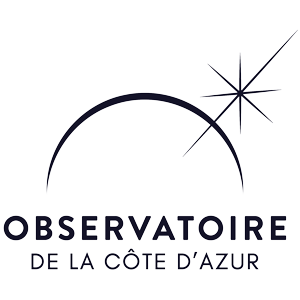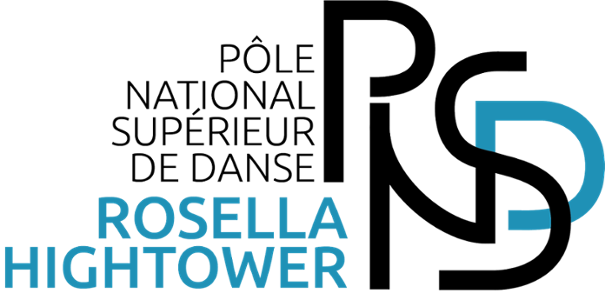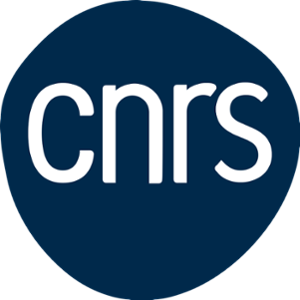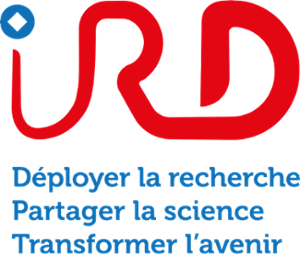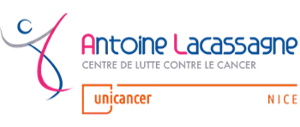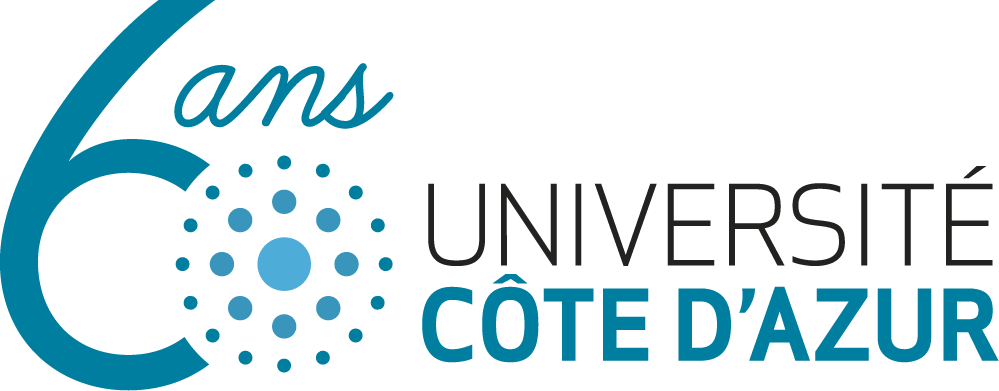| teacher | face to face hours | working hours | ects |
|---|---|---|---|
| Emre Baspinar (MathNeuro team, Inria Montepellier) | 30 | 60 | 6 |
Description:
This course focuses on computational modeling of neural population dynamics through three main approaches: neural fields, neurogeometry, and whole-brain modelsThis course focuses on computational modeling of neural population dynamics through three main approaches: neural fields, neurogeometry, and whole-brain models. We begin with an introduction to the concept of scale in computational models, followed by neural fields, including the coarse-grained limit and the classical Wilson–Cowan and Amari models.
The second part explores neurogeometric approaches. After a brief overview of human visual perception, we examine the functional architecture of the primary visual cortex (V1), covering concepts such as receptive profiles, pinwheel structures, and connectivity. We then study the geometric modeling of V1 based on the work of Petitot, Citti, and Sarti.
The final part presents The Virtual Brain, a whole-brain simulation platform. We will build networks of population models to simulate large-scale brain dynamics and study applications such as cortical wave propagation (e.g., in migraine/epilepsy), visual perception, and brain state transitions (awake vs. sleep). Practical work will be carried out using Python notebooks.
We begin with an introduction to the concept of scale in computational models, followed by neural fields, including the coarse-grained limit and the classical Wilson–Cowan and Amari models.
The final part presents The Virtual Brain, a whole-brain simulation platform. We will build networks of population models to simulate large-scale brain dynamics and study applications such as cortical wave propagation (e.g., in migraine/epilepsy), visual perception, and brain state transitions (awake vs. sleep). Practical work will be carried out using Python notebooks.
Learning outcomes
By the end of the course, students will:
- •Understand and implement neural field models, both local and spatial, and analyze patterns of population dynamics.
- •Master key concepts such as connectivity, transfer functions, and activity patterns.
- •Apply geometric tools to study the functional architecture of the visual cortex and link them to perceptual tasks.
- •Gain practical experience with The Virtual Brain, learning to construct and simulate brain networks to explore large-scale dynamics and brain states.
Requirements
The students must attend classes regularly and read the references provided throughout the course.


